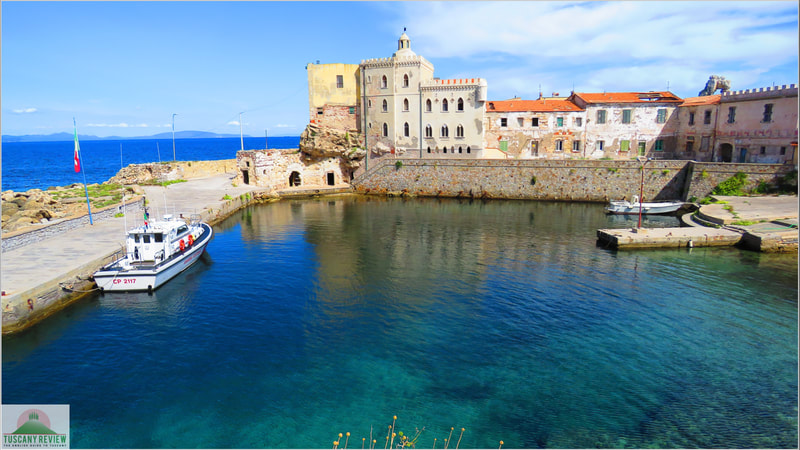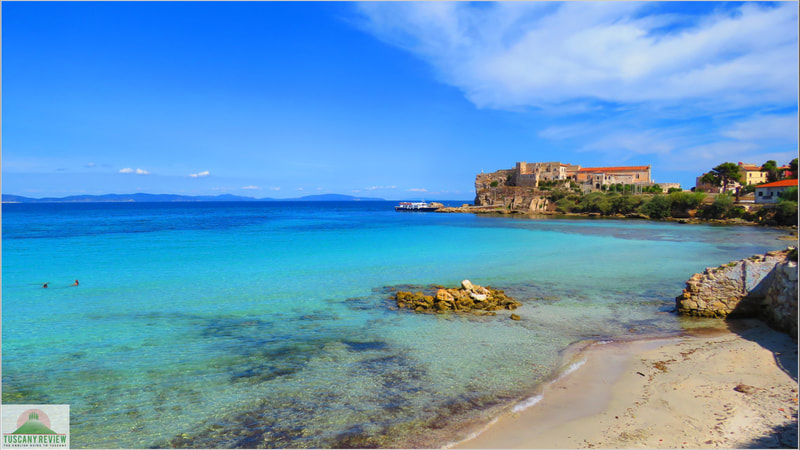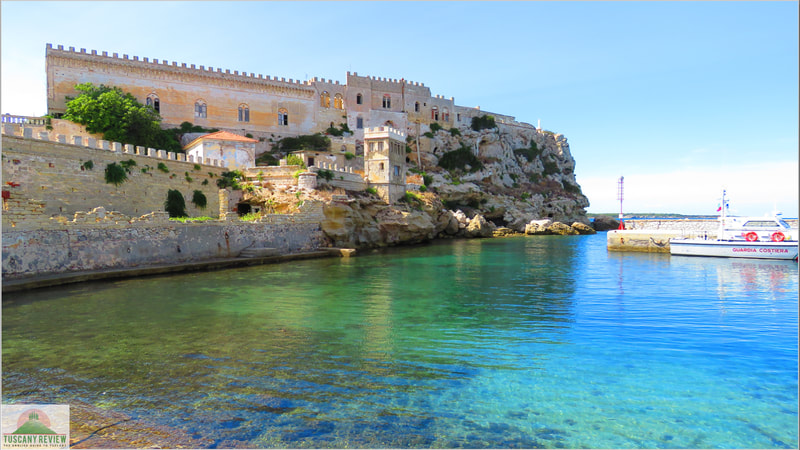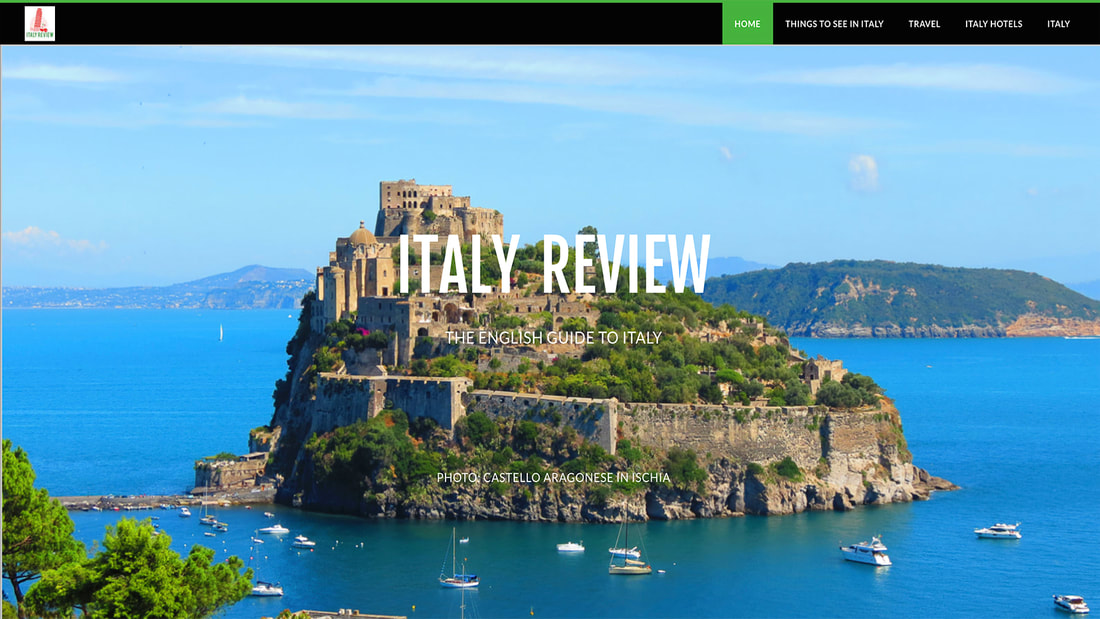Pianosa
|
Latest update: 24 February 2024
|
By Dion Protani
|
|
The island of Pianosa is situated in the Tyrrhenian Sea, part of the Tuscan Archipelago National Park, off the coast of Tuscany.
It belongs to the Province of Livorno. Pianosa has a very small population, primarily consisting of park rangers and researchers. The island is most famous for its rich natural beauty, pristine beaches, and historical significance, having served as a Roman penal colony in ancient times. Today, it's known as a popular spot for eco-tourism and birdwatching. |
Related links
Pianosa: a fascinating day trip from Elba
Pianosa, a small island in the Tuscan Archipelago, boasts pristine beaches, crystal-clear waters, and rugged coastal landscapes. Explore the island's natural beauty through hiking trails that lead to panoramic viewpoints and secluded coves ideal for snorkeling and swimming. Delve into its history at the former prison complex, now a museum, offering insights into the island's penal colony past.
Experience the diverse marine life through diving expeditions in the surrounding waters. Pianosa's serene ambiance and untouched landscapes make it a perfect destination for nature lovers and those seeking tranquility away from the hustle and bustle of mainland Italy.
Experience the diverse marine life through diving expeditions in the surrounding waters. Pianosa's serene ambiance and untouched landscapes make it a perfect destination for nature lovers and those seeking tranquility away from the hustle and bustle of mainland Italy.
Isola di Pianosa
|
Province: Livorno
Region: Tuscany Population: 10 Size: 10.25 km² Highlights: Spiaggia di Cala Giovanna, old prison Recommended accommodation: Marina Garden Hotel (Elba) |
|
Arrival port: Pianosa
Journey time from Elba: 1 hour 30 minutes Distance from nearest mainland port: 68 km |
What are the best things to do in Pianosa?
- Pianosa National Park: Explore the pristine landscapes and protected ecosystems of Pianosa National Park, encompassing the entire island. Visitors can hike along scenic trails, observe native wildlife, and discover archaeological sites dating back to Roman times.
- Beach Escapes: Relax on the island's secluded beaches, known for their crystal-clear waters and sandy shores. Popular spots include Cala Giovanna, Cala San Giovanni, and Cala del Porto. Visitors can swim, snorkel, or simply soak up the sun in a tranquil setting.
- Guided Tours: Join guided tours of Pianosa led by knowledgeable park rangers or local guides. These tours offer insights into the island's natural and cultural heritage, including its unique flora and fauna, historic ruins, and former prison facilities.
- Historic Prison Complex: Explore the remnants of the island's former maximum-security prison, which operated from the late 19th century until the mid-20th century. Guided tours of the prison complex provide a glimpse into its history and the harsh conditions endured by inmates.
- Snorkeling and Diving: Discover the underwater wonders surrounding Pianosa with snorkeling and diving excursions. The island's clear waters boast vibrant marine life, underwater caves, and colorful reefs, making it a paradise for snorkelers and scuba divers.
- Birdwatching: Observe a variety of bird species that inhabit Pianosa, including migratory birds and seabirds. The island's diverse habitats, ranging from coastal cliffs to Mediterranean scrubland, provide excellent opportunities for birdwatching enthusiasts.
- Picnicking and Nature Walks: Enjoy picnics amidst the island's natural beauty, with designated areas equipped with tables and facilities for visitors. Additionally, embark on leisurely nature walks along designated trails, immersing yourself in the tranquility and serenity of Pianosa's landscapes.
- Cultural and Educational Programs: Participate in cultural and educational programs organized by the park authorities, focusing on topics such as conservation, sustainable tourism, and the island's ecological significance. These programs offer enriching experiences for visitors interested in environmental stewardship and conservation efforts.











